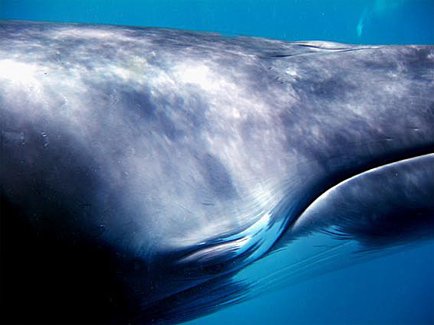Postcards from the Minke expedition

AFTER MOTORING ALL NIGHT from Cairns, we reached at our first dive site, Challenger Bay. The site – at the bottom of Ribbon Reef number 10 – is about 37 km south-east of Lizard Island in the Great Barrier Reef, and just over 185 km north of our start.
I’m here aboard the Spoilsport with a distinguished team of researchers, divers and photographers on an Australian Geographic and Eye to Eye Marine Encounters minke whale expedition. Dr Alastair Birtles, a whale researcher and Minke expert from James Cook University, is on the journey.
Dwarf minke whales were first recognized as a distinct form in the mid-1980s and so they are not well understood. They are one of the species the Japanese hunt for scientific whaling.
Whales ahoy
About lunchtime, there was a shout of “minke” from the aft deck. There were two sighted and I ran down as the ropes were fed out off the bow. Everybody on the boat has synchronised their watches and camera clocks so all pictures and footage can be cross checked by researchers after the expedition is over. At one time, there were seven whales around us on the boat, one with an unmistakable bite scar on its side.
When diving with whales there is a strict etiquette that must be adhered to. This code of conduct has been developed by Alastair Birtles and his team to protect the whales but also to give the best conditions for minke encounters. When the boat is stationary, two ropes of about 20 m are fed out from the port and starboard aft dive platforms in parallel lines.
After the ropes were released, we quietly lowered ourselves into the water, so as to not spook the whales, and then slowly moved out along the line. Two whales were only a few feet from me as I hung onto the rope. They seemed to enjoy the interaction as much as we did.
We have been told to remain on the rope and try and lie as flat on the surface as possible. In these encounters we wear wet suits for buoyancy and use snorkels.
We are not really diving with minkes, just floating with them. These two parallel lines give the whales a defined space where they can feel comfortable and prevent unpredictable movement. This system quickly yields results as the whales travel perpendicular to the ropes circling the boat and glide below us.

(Photo courtesy of Jayne Jenkins)
The researchers on the boat are keen to collect various data to aid in their understanding of these majestic animals and we have been briefed to pass on details of unique markings behavior and, if possible, the sex of the whales we see.
Sexing a minke can only be done when it shows its underside – this is called a belly presentation and researchers are not sure why they do this to humans as it is thought to be part of their mating courtship.
There are about 40 different behaviours and we have already seen some of the more common and some rarely seen displays. On the first morning we saw ‘motor boating’ – this is when the head of the whale comes out the water, bringing the eye above water in a few short rises. This is thought to enable the whale to check out surface activity.
We have also been lucky enough to see a bubble blast where an explosive burst of air is released from the whale’s blowhole and in this instance a circle of air like a smoke ring appears on the surface.

